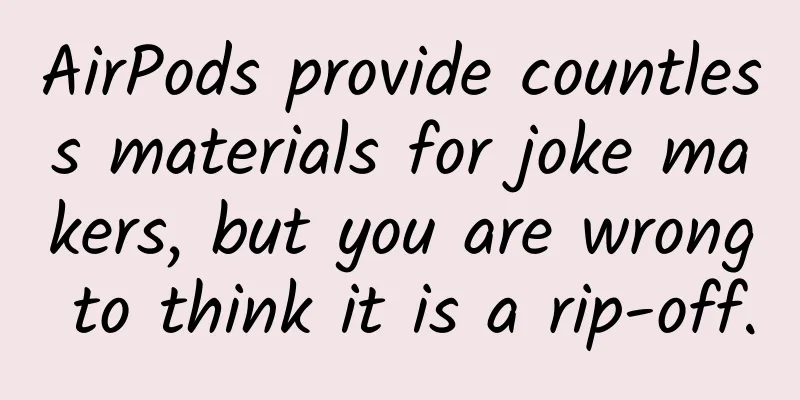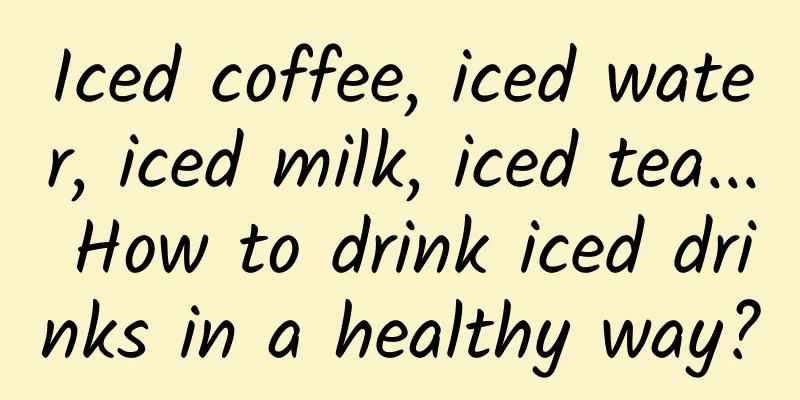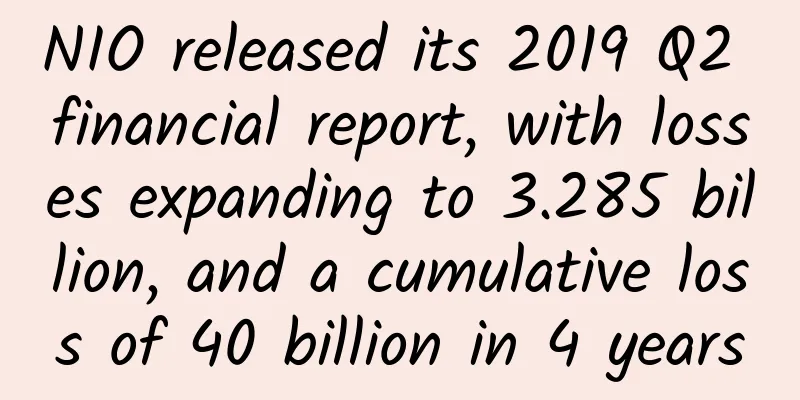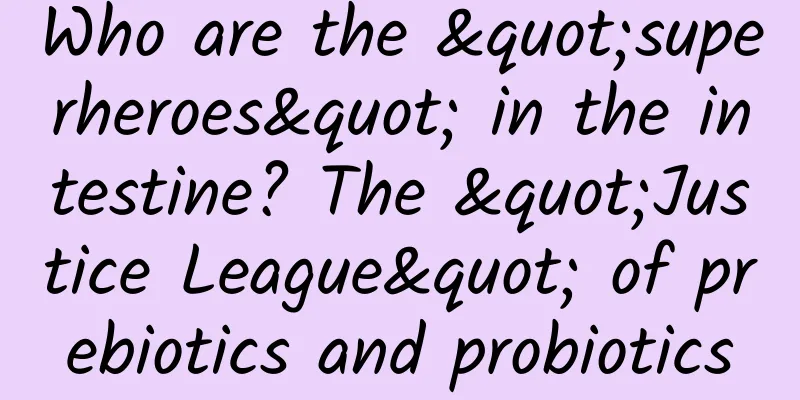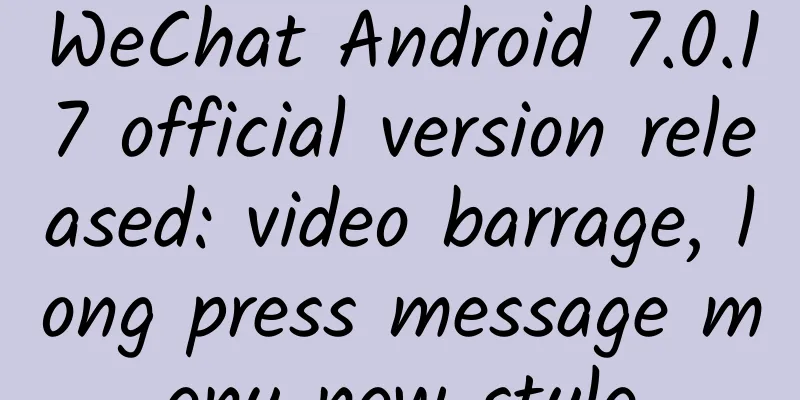It's not true that Tesla can predict accidents
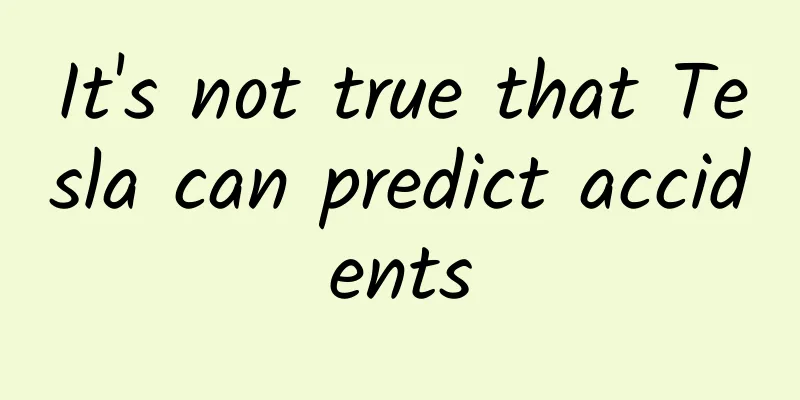
|
You may have seen a lot of news reports about a dashcam video of a traffic accident in the Netherlands, which shows a Tesla driving on its own, slamming on the brakes about 1.4 seconds before a red car slammed into a black SUV that was out of the dashcam's field of view. Various media outlets reported that the Tesla had predicted the accident, and because the accident was imminent, it activated the brakes to protect the passengers. The accident was horrible, but no one was injured. The media's speculation was wrong. The speculation gained momentum because Tesla product designer Elon Musk himself retweeted the report. But Tesla has already confirmed another more likely explanation, one that has nothing to do with predicting future accidents. In fact, the red car played little role in Tesla's timely braking. Tesla's Autopilot uses radar as its primary sensor. An important benefit of radar is that it tells you the speed of each radar target and its distance. Car radar can't tell you exactly where that target is (it can roughly tell you which road the target vehicle is on). Radar beams can bounce off a lot of things, including the road. This means that a radar beam can bounce off the road under the car in front of you and ricochet off to the car in front of it, even if you can't see the car behind it. Because the radar will tell you, "I see something 40 meters in front of you going 20 miles per hour, and I see something 30 meters in front of you going 60 miles per hour," and then you know that these are two different things. The Tesla's radar only saw that the black SUV had braked (probably because of the mud puddle in the video), but the red car hadn't. Wherever the red car was, the Tesla's Autopilot knew that if the other car ahead of it had braked hard, it should have done the same, and it did. It's possible that Autopilot calculated that if the red car continued it would hit the black SUV, but that's not entirely relevant - the Tesla would have stopped no matter what the red car was about to do. Tesla has reported on its blog how they are using radar to do more things, including using it to track hidden vehicles. The ability of automatic radar to track cars has long been known. Many teams have taken advantage of this feature. You may not always get a payout from an invisible car, but once you do it is well worth using. In the future, we will see cars predicting traffic accidents, but we haven’t heard any announcements from any team yet. All robot cars track everything in front of them, their position and speed, and then they infer the speed of those objects and predict where they are going. These predictions would also include detecting that cars are likely to crash (if they continue on their current path) and detecting if they are unable to avoid the accident at some point. If an impending accident is predicted, then it would make sense to know about it in advance and react to it. A car might even have a vague idea of what will happen after an accident, although it will be a mess. Such systems would be better than self-driving or any automatic emergency braking system. Currently, most of these systems only track objects in their path. They don't brake just because a car in an adjacent lane stops, which means they don't work in traffic jams or carpools where each lane has a different speed, and they can't handle cars that have broken down on the side of the road. However, if you were in a lane to the right of the Tesla and witnessed what it saw, it would still be a smart move to brake. Tesla has not commented on this, but I believe that if the Tesla was in the right lane, its system would not have issued a brake command, at least not before the accident. It would most likely have braked because another vehicle suddenly entered the right lane, such as the red car. As a winner of Toutiao's Qingyun Plan and Baijiahao's Bai+ Plan, the 2019 Baidu Digital Author of the Year, the Baijiahao's Most Popular Author in the Technology Field, the 2019 Sogou Technology and Culture Author, and the 2021 Baijiahao Quarterly Influential Creator, he has won many awards, including the 2013 Sohu Best Industry Media Person, the 2015 China New Media Entrepreneurship Competition Beijing Third Place, the 2015 Guangmang Experience Award, the 2015 China New Media Entrepreneurship Competition Finals Third Place, and the 2018 Baidu Dynamic Annual Powerful Celebrity. |
>>: Autonomous driving may have nothing to do with artificial intelligence for a long time
Recommend
WWDC 2016: A comprehensive upgrade of OS experience
In order to showcase the latest software and tech...
Smart hardware development is no longer mysterious - a software engineer's guide to smart hardware product development
[[128224]] Do you want to start a hardware bu...
5 predictions for IoT and mobile app integration
It makes sense to integrate IoT and mobile device...
Sharing of high-quality cases: How to create creative information flow advertising? This is very detailed~
We talk about optimizing creativity every day, bu...
Who is suitable to be a player in private domain traffic?
1. What is a private traffic pool? When it comes ...
The creators' favorite choice, why is the i9-powered ThunderT-Book 16 thin and light performance laptop so powerful?
For a long time, it seems that for laptops, thinn...
Sogou promotion account optimization tips!
Sogou promotion account optimization: PC and mobi...
Hair is also protein, why can’t we eat it?
I don't know since when, hair It has become a...
A game for daredevils: the history, physics, and psychology of roller coasters
The pursuit of excitement is human instinct. Writ...
He spent his life studying nuclear weapons and was the last person to be declassified as a contributor to the “Two Bombs and One Satellite” program…
“We in China want to stand out Our nation is no l...
Norway's electric vehicle sales in March ranked first in the world in terms of fuel cell vehicle share
According to foreign media reports, after a big s...
The "Mother of China's Loongson" has passed away, and her wishes before her death made me cry...
Recently, the Institute of Microelectronics of th...
DeepMind's latest research: AI beats humans and designs better economic mechanisms
“Many of the problems facing humanity are not sim...
Microwave oven, steam oven, fryer, which one is the king of cooking?
Seeing people around you becoming chefs by using ...
Xiaohongshu Professional Account Content Guide
Through the process of content creation and traff...
